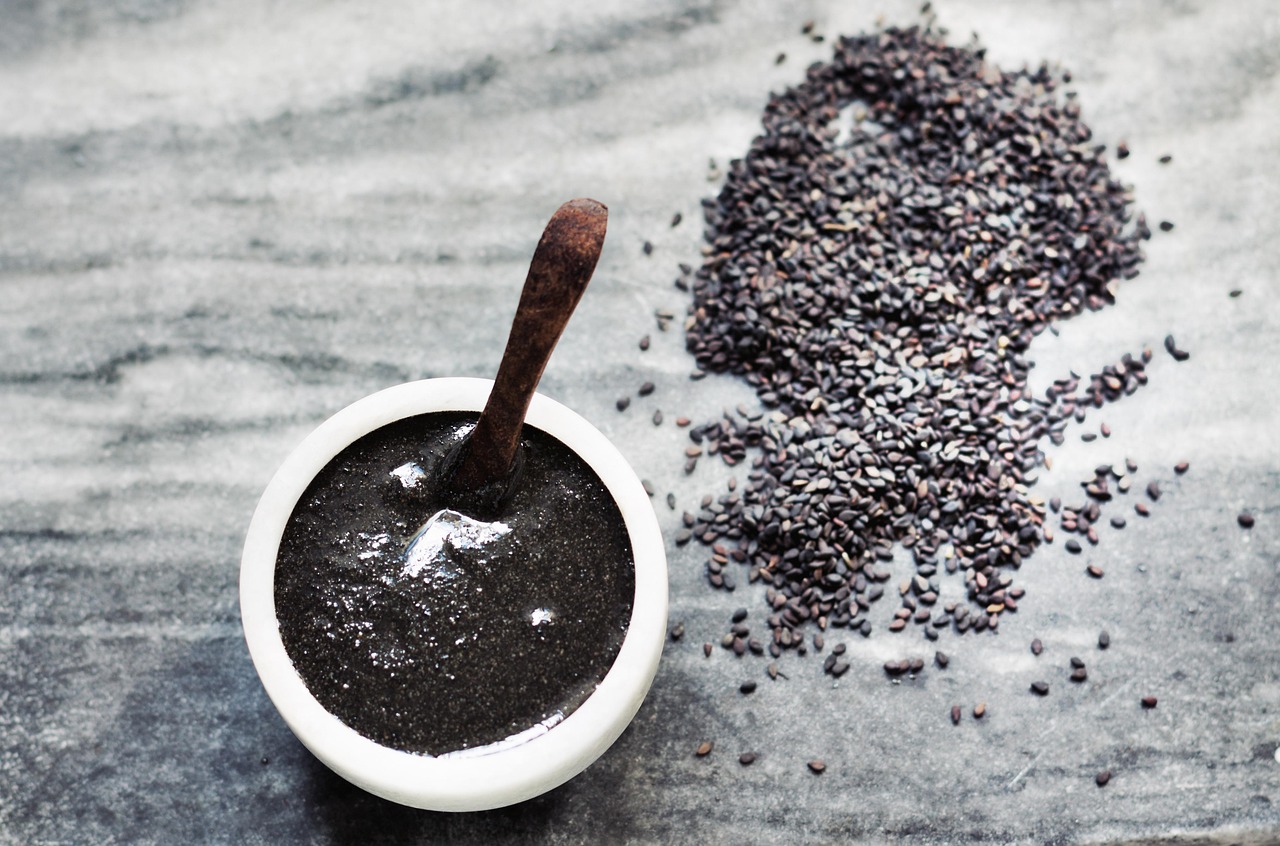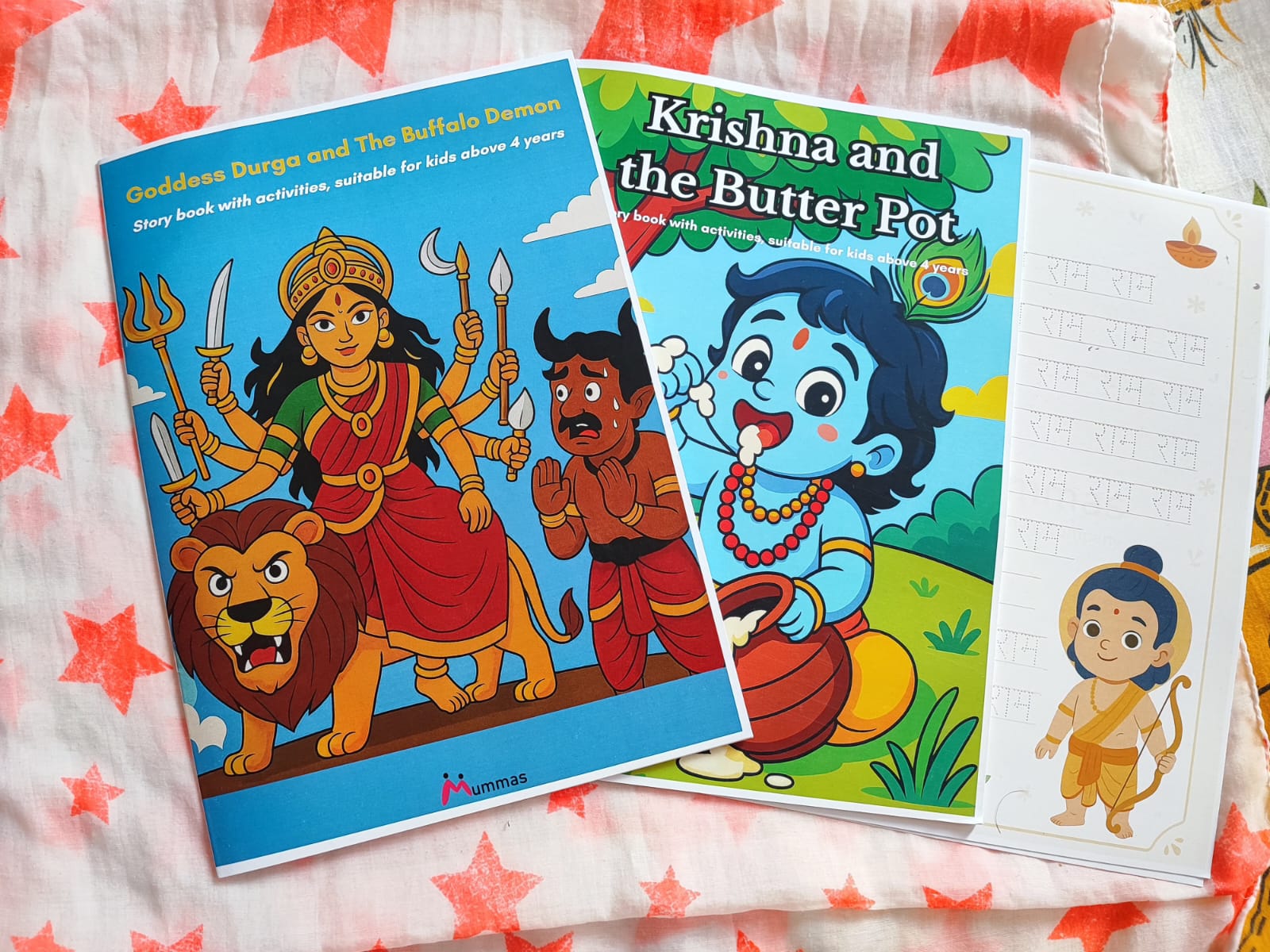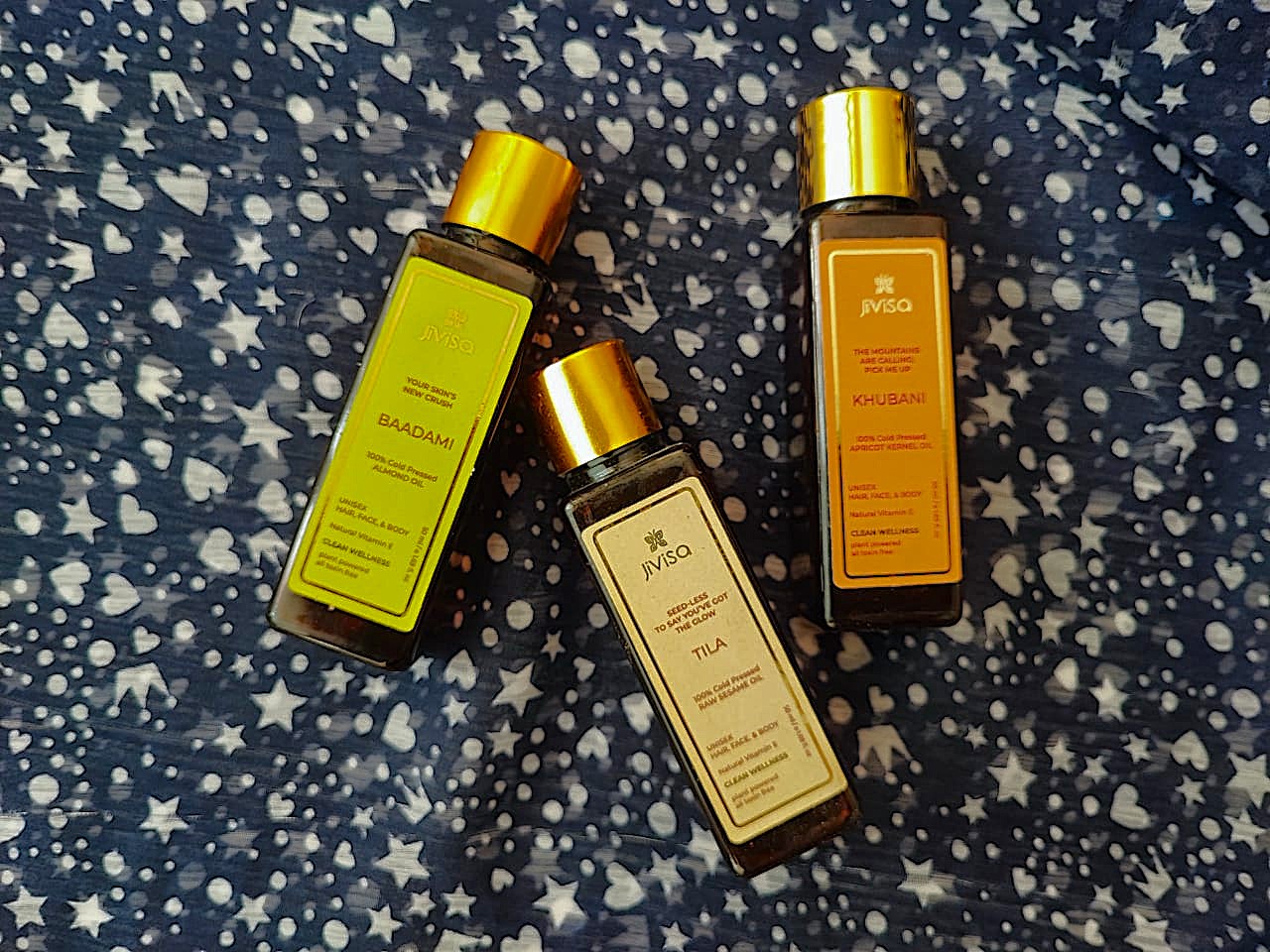If you are an Asian like me, wheat and rice must be your staple diet. While grains offer a wealth of nutrients, each grain has its own specialty, whether it is the taste or nutrition. This is why alternating grains in your daily diet is quite helpful. But the problem these days is that the white refined flour has become quite popular. And this is leading to many health-related problems. People should instead opt for whole grains.
Being rich in Vitamin B, whole grains help your body in converting food to energy. Further, eating only a particular type of grain and not including a variety of grains in the diet might lead to health problems in the long run. Here is a list of alternative grains that have become popular recently due to the major health benefits they offer. Here are a list of grains you can add to your diet for a better health.
1. Quinoa
Rich in protein, quinoa is also a good source of calcium as well as iron. People who are strictly vegetarian should include quinoa in their diet. This is because vegetarians avoid meat, fish and other such products. Higher protein content in quinoa replenishes protein levels in food. Termed as ‘super grain’, this fiber rich grain is quite old.
However, people have realized its importance as of now. Quinoa also contains Riboflavin, manganese, magnesium and lysine as well. If you have already bought quinoa and are thinking how to use it, you can prepare it like any other grain. Make a tabbouleh using it, prepare pancakes and burgers or cook up a humble porridge. Quinoa is quite versatile, you know!
2. Barley
Barley is known for the presence of beta-glucans in it. These powerful compounds help the levels of cholesterol in the blood. They even lower Low Density Lipoprotein (LDL), the bad cholesterol. Barley is rich in fiber, aiding in digestion and weight loss. It is even high in vitamins and minerals and provides a boost of antioxidants to your skin.
Barley has low gluten content. Hence, if you want to use barley to prepare breads, mix it with wheat flour to raise the dough. Barley is being successfully used as a thickening agent in soups, stews and other recipes. What more! Barley can use to prepare ice creams too. Isn’t it interesting!
3. Oats
Ah! Here’s my breakfast staple. I am very lazy in preparing breakfast. Hence, oats has been saving my life since a couple of years. I cook it with milk and add some jaggery for taste. If I have some energy to add dry fruits like almonds and raisins, I do that.
I relish this lovely breakfast and prefer it over cereals. And if you are one looking for something gluten-free, then oats is a good option. When it comes to nutrition, oats is loaded with fiber, vitamins, minerals, manganese, magnesium, copper, folate, phosphorous, iron, zinc and even antioxidants.
Oats can be had with milk, water or even Greek yogurt. Prepare porridge, cookies (I did that), pancakes, breads, etc. with oats and you will never go wrong. Just remember that if you want to use oats for baking, you need to mix it with other flour.
4. Amaranth
Amaranth, a type of flour, helps in supplying amino acid lysine, which is not present in most of the cereal grains. It can even helps in building healthy bones due to the presence of calcium in good quantities. It is gluten-free and quite dense. Hence, mix it with other grains to get good results. Amaranth is also high in protein, carotenoids, fiber, phosphorous and iron as well. Amaranth is quite healthy for babies as well.
To prepare it, boil amaranth with good quantity of water, say around six cups water is required to boil one cup of amaranth. You need to stir it occasionally for 15-20 minutes and drain and rinse before consuming. You can use it as a thickening agent in soups and sauces or prepare snacks using it. If you are creative, turn this grain into a burrito, risotto, exotic salad or even a parfait.
5. Millet
So many types of millets to try and only one life! Yes, I am being dramatic over here. but, the truth is that there are actually many types of millet available. There is Foxtail millet, barnyard millet, finger millet, kodo millet, pearl millet, little millet and even proso millet. Millet is quite easy to digest and is very rich in protein. Presence of silicon in millet is good for hair and nails.
Traditionally used as a cereal, millet has come a long way. It has gone global, thanks to the versatility. Humble millet is high in nutrients and contains B-vitamins, minerals, potassium, dietary fiber, zinc, magnesium, calcium, iron and others. It is gluten-free as well and versatile when it comes to cooking. Millet can be used to prepare porridge, pancakes, breads, burgers, falafel, crepes and many other meals.
6. Sorghum
High in antioxidants, sorghum is an ancient cereal grain. It is quite versatile and loaded with nutrients. Sorghum is quite rich in magnesium and carbohydrates. If you are thinking of something for breakfast, you can opt for sorghum as it is digested slowly and keeps you full for a longer period.
Many people substitute sorghum for wheat flour because of the similar texture. It is a gluten-free grain and can even be used to prepare porridge, cakes, waffles or breads. People suffering from blood sugar control can opt for this cereal.
7. Rye
Here is a grain apt for weight watchers. Termed superior to wheat or barley, Rye contains a unique type of fiber. It keeps you full for a longer duration and does not cause the insulin to rise, which generally happens when consuming wheat.
Rye bread is one of the popular snacks to avoid hunger pangs. Rye is high in minerals, vitamins, copper, manganese, magnesium, phosphorous, B-complex vitamins and others. It helps boost metabolic performance and prevents ailments like cancer and asthma. Rye is very much popular for baking and turns out good cookies, bread, loafs, crepes, pies, crackers. You can even use it for preparing waffles and pastas.
Finally…
Make a smarter choice with grains, now you have a list of them. Visit the nearest grocery stores and inquire about the available variety of grains and flours. This will not only break the routine but also bring a twist of taste in your diet. Happy munching, fellows!








Leave a Reply